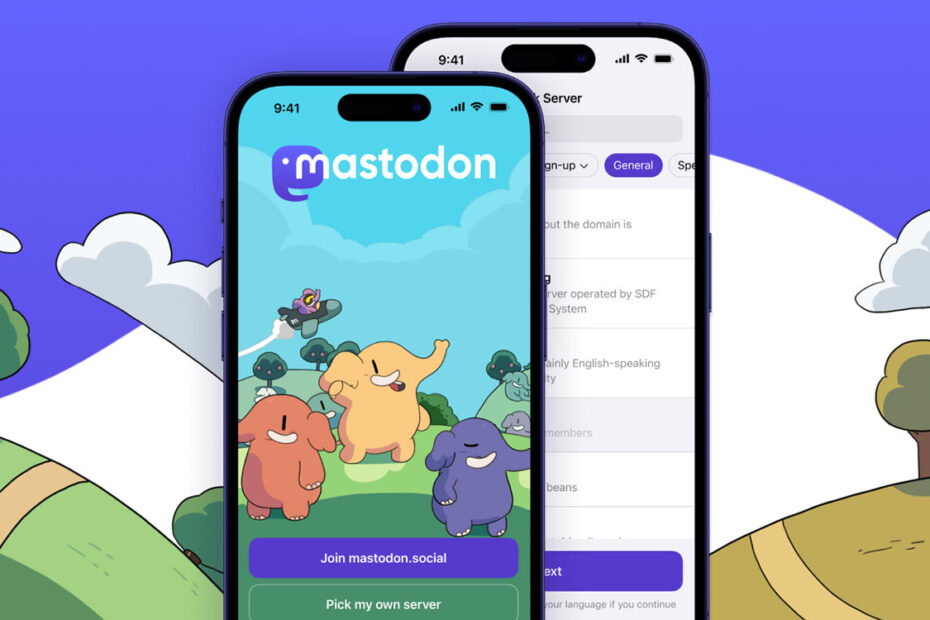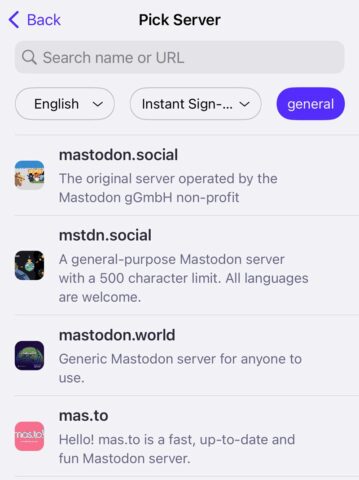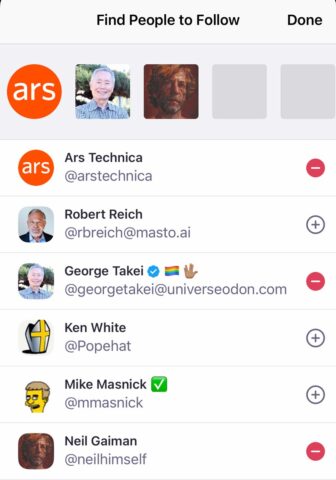Twitter has been something of a rollercoaster ever since Elon Musk took over in late 2022, with many users alienated by the new management and the bizarre changes in policy that have plagued the social network this year.
Those looking for an alternative may have heard of Mastodon, a platform that has grown rapidly in the past months but can still intimidate new users with its emphasis on ‘decentralization’ and its vast network of ‘instances’ to join.
If you’ve been curious about what those buzzwords mean, read on for a beginner’s guide to getting started.
What is Mastodon?
Mastodon looks and feels much like Twitter or Tumblr. You can post short messages and interact with other people using comments. Its timeline view especially is very reminiscent of Twitter, making it a great replacement.
Where things differ is that Mastodon isn’t a single social network – it’s thousands of them. Mastodon’s decentralized platform allows communities to host their own servers – called ‘instances’ – using Mastodon’s open-source tech. There are thousands of these instances available, most of which are based on a particular region, special interest, or belief system. Users are free to join whichever server they feel would best suit them.
To read more about how Mastodon works, see the official help guide.
Choosing an instance
That decision alone is enough to cause a bout of analysis paralysis for indecisive people. But the smart thing about Mastodon is that you can swap instances any time, or join multiple instances, so your choice is never set in stone. And you won’t be locked into only chatting with members of your own server – users can communicate with other instances, making the whole thing feel as global as Twitter.
One key difference is that hateful groups and users can be easily blocked or silenced by the admins of individual instances, with each server run by its own rules. It’s a great compromise whereby you can hang with a like-minded community without shutting yourself off from the rest of the world. You can avoid the worst offenders of the internet without feeling like you’re trapped in a bubble.
You can search through all available instances here, or join a huge general interest server run by Mastodon itself if you’re not sure where to start. Mastodon’s official app recently made mastodon.social the default choice for new users in an attempt to make that initial onboarding simpler for new users. It’s a good place to begin, and you can always join a more specialized instance later when you’ve got the hang of the platform.
Signing up
First, grab Mastodon’s official app. There are third-party alternatives if you’re looking for specific features, but the official one is remarkably good.
Open the app and you’ll be asked if want to join the default mastodon.social server or pick your own. If choosing your own, we’d recommend using the filters to look for an English language instance with instant sign-up. You can scroll through the tags – art, music, tech, etc – along the top to filter by interest.
Once you’ve made a decision, follow the prompts to agree to the code of conduct and privacy policy set by your chosen server. You can then fill out your details to create an account. Your username is in the format @youname@yourserver. Tap the verification link in your email to continue.
Get involved!
Once you’re in, you can follow other users just like on Twitter. The Mastodon app handily prompts you with some people you might want to follow, or you can search manually if you have buddies on the server already.
The app’s layout should be broadly familiar if you’ve come from Twitter, but a few things are different here. The home tab will show a straightforward timeline, but the search tab is a great way to see what’s popular. You can use the buttons at the top of this to view by posts, hashtags, news, community, or ‘for you’.
Hit the new post button on the tab bar if you want to share your own comments to your chosen server. Happy posting!




